Home>diy>Building & Construction>What Is The Purpose Of Scuppers In Heavy Timber Construction
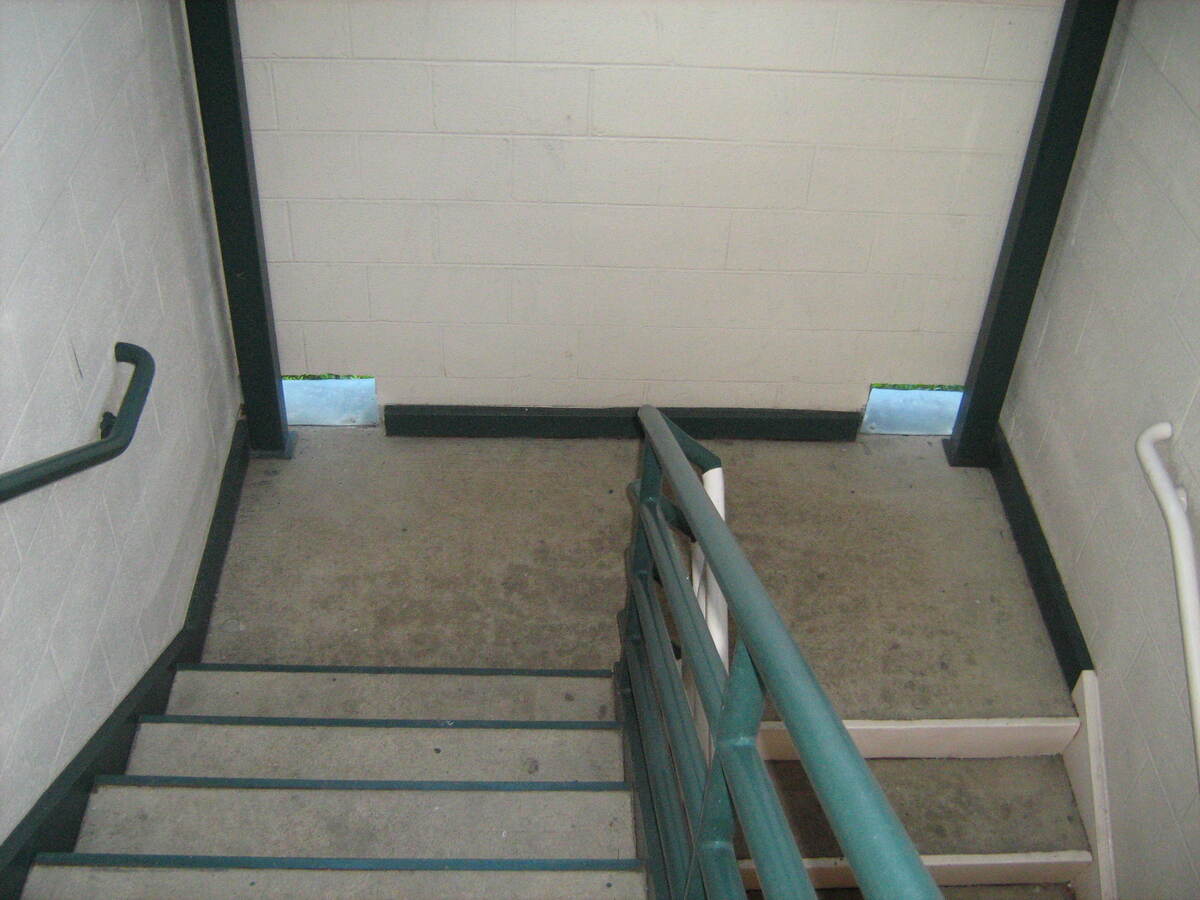

Building & Construction
What Is The Purpose Of Scuppers In Heavy Timber Construction
Modified: January 9, 2024
Discover the importance of scuppers in heavy timber construction and their role in effective building construction. Learn how scuppers help with drainage and prevent water damage.
(Many of the links in this article redirect to a specific reviewed product. Your purchase of these products through affiliate links helps to generate commission for Storables.com, at no extra cost. Learn more)
Introduction
Welcome to the world of heavy timber construction, where solid, durable structures are created using large wooden timbers. In this fascinating field, attention to detail is crucial, and every component plays a vital role in ensuring the safety and longevity of the building.
One such component that often goes unnoticed but plays a crucial role in heavy timber construction is the scupper. Scuppers, although small in size, play a significant role in maintaining the integrity of the structure by directing water away from the building and preventing moisture damage.
In this article, we will explore the purpose of scuppers in heavy timber construction, the materials used in their construction, their placement and design considerations, as well as their maintenance and inspection.
So, whether you’re a construction professional looking to deepen your knowledge or a curious homeowner interested in the intricacies of heavy timber construction, read on to discover the importance and benefits of scuppers in this unique construction technique.
Key Takeaways:
- Scuppers are essential in heavy timber construction, directing water away from the structure to prevent moisture damage, wood decay, and mold growth, ensuring the longevity of the building.
- Properly designed and maintained scuppers offer effective water drainage, protection against ice damming, enhanced building aesthetics, and contribute to the environmentally friendly nature of heavy timber construction.
Read more: What Is Mass Timber Construction
Definition of Scuppers
Before delving into the purpose and significance of scuppers in heavy timber construction, it is essential to understand what exactly a scupper is.
A scupper is a specialized drainage system component designed to prevent water accumulation on the roof or deck of a building. It serves as an outlet for water, redirecting it away from the structure to protect it from water damage. Scuppers are typically located at the low points of a roof or deck, allowing water to flow freely off the surface and ensuring proper drainage.
Scuppers are typically made from durable materials such as metal, such as copper or stainless steel, or even high-quality plastics. They are usually designed as rectangular or circular openings on the edge of the roof or deck, allowing water to exit the building efficiently. A scupper may be connected to downspouts or gutters, or it may release water directly onto the ground or into a drainage system.
In heavy timber construction, scuppers are an essential component of the building’s water management system. They work in conjunction with other drainage elements, such as gutters and downspouts, to channel water away from the structure and prevent moisture-related issues.
Now that we have a clear understanding of what scuppers are let’s take a closer look at heavy timber construction itself.
Overview of Heavy Timber Construction
Heavy timber construction, also known as post-and-beam or timber frame construction, is a building technique that utilizes large wooden timbers to create sturdy and aesthetically pleasing structures. This construction method has been used for centuries and is renowned for its durability, strength, and timeless appeal.
In heavy timber construction, the primary structural support consists of large wooden beams and columns, often made from solid timber or glulam (glued laminated timber). These timbers are carefully selected for their strength, reliability, and resistance to fire and other environmental factors. The beams and columns are connected using traditional joinery techniques such as mortise and tenon or dovetail joints, ensuring a secure and durable connection.
The use of timber in construction has several advantages. Firstly, wood is a renewable and eco-friendly material, making it a sustainable choice for building projects. Additionally, heavy timber structures provide excellent thermal insulation, reducing energy consumption and creating a comfortable living or working environment. The natural beauty and warmth of wood also creates a welcoming and inviting atmosphere.
Heavy timber construction is highly versatile and can be used for various building types, such as residential homes, churches, commercial buildings, and even bridges. The timeless aesthetic appeal of heavy timber structures often makes them stand out and become iconic landmarks in their communities.
However, like any construction method, heavy timber construction requires careful planning and attention to detail. Each component of the structure, including scuppers, plays a crucial role in ensuring the overall integrity and longevity of the building.
Now that we have an overview of heavy timber construction, let’s explore the importance of drainage in this construction technique and the role that scuppers play in maintaining a dry and structurally sound building.
Importance of Drainage in Heavy Timber Construction
Effective drainage is of paramount importance in heavy timber construction. The ability to quickly and efficiently redirect water away from the structure is essential in preventing moisture damage, rot, and structural instability.
Wood is a naturally absorbent material, and prolonged exposure to moisture can cause it to swell, warp, or decay. In heavy timber construction, where large wooden timbers bear the load of the structure, maintaining dry conditions is crucial to preserve their structural integrity. Additionally, excess moisture can lead to the growth of mold and mildew, posing health risks to occupants.
Proper drainage ensures that rainwater, snowmelt, and other forms of precipitation do not accumulate on the roof or any other surface of the building. This reduces the risk of water infiltration and related issues, such as leaks and water damage to the interior finishes and structural elements.
In heavy timber construction, proper drainage is achieved through a combination of elements, including gutters, downspouts, and, of course, scuppers. Each of these components works together to channel water away from the building and prevent it from pooling on the roof or around the foundation.
Now let’s explore the specific purpose that scuppers serve in heavy timber construction and how they contribute to effective drainage.
Purpose of Scuppers in Heavy Timber Construction
Scuppers play a vital role in heavy timber construction by serving as key components in the building’s drainage system. Their purpose is to efficiently redirect water away from the structure, preventing water accumulation and potential damage to the wooden timbers.
One of the primary purposes of scuppers is to provide an outlet for rainwater and other forms of moisture that collect on the roof or deck of a heavy timber structure. By creating a pathway for the water to flow, scuppers help prevent water from pooling and seeping into the building’s interior or causing damage to the exterior surfaces.
Scuppers are strategically placed at the low points of the roof or deck, allowing gravity to assist in the drainage process. When rainwater collects on the roof, it naturally flows towards these low points and exits through the scuppers, ensuring that the water is effectively channeled away from the structure.
Additionally, scuppers play a crucial role in preventing ice damming. In colder climates, where snow and ice can accumulate on the roof, scuppers provide an escape route for meltwater. As the snow and ice melt, the water can flow through the scuppers instead of pooling and potentially causing damage to the roof or interior of the building.
Furthermore, scuppers help maintain a dry environment within the heavy timber structure. By preventing water accumulation, scuppers minimize the risk of moisture-related issues, such as wood rot, mold growth, and decay. This not only preserves the structural integrity of the wooden timbers but also promotes a healthy and comfortable living or working environment.
In summary, the purpose of scuppers in heavy timber construction is to facilitate proper drainage, prevent water accumulation, and protect the integrity of the structure. They work in conjunction with other drainage elements to ensure that water is effectively and efficiently directed away from the building.
Now that we understand the purpose of scuppers let’s explore the materials used in their construction and the design considerations for their placement in heavy timber construction.
Scuppers in heavy timber construction are designed to provide drainage for water that accumulates on flat roofs or decks, helping to prevent water damage and prolong the life of the structure. Proper maintenance and regular inspection of scuppers are essential to ensure they remain clear and functional.
Read more: What Timber Is Used For In Construction
Materials Used in Scupper Construction
When it comes to scupper construction in heavy timber buildings, various materials can be used depending on the specific needs of the project and the desired aesthetics. The chosen materials should be durable, weather-resistant, and capable of withstanding the demands of the environment.
One popular material for scupper construction is metal, such as copper or stainless steel. These metals are known for their corrosion resistance, longevity, and strength. Copper scuppers, in particular, develop a beautiful patina over time, adding a touch of elegance to the building’s exterior. Stainless steel scuppers, on the other hand, offer a sleek and modern aesthetic.
Another common material used for scupper construction is high-quality plastic. Modern advancements in polymer technology have produced durable plastics that can withstand the elements and maintain their structural integrity over time. Plastic scuppers offer a lightweight and cost-effective alternative to metal, while still providing excellent water drainage capabilities.
Regardless of the material chosen, it is important to select scuppers that are specifically designed for exterior use and can handle the water flow expected in heavy timber construction. The scuppers should be properly sized to handle the anticipated volume of water and should be resistant to clogging or blockages.
In addition to the primary scupper material, other components such as fasteners and seals are essential for a secure and watertight installation. Stainless steel screws or bolts are commonly used to attach the scupper to the building’s structure, ensuring a durable connection. Seals, such as rubber gaskets or silicone, are used to create a watertight bond between the scupper and the roof or deck surface.
Ultimately, the choice of scupper material depends on factors such as budget, architectural style, and personal preference. Whether metal or plastic, the selected material should meet the functional requirements of effective water drainage while enhancing the overall aesthetics of the heavy timber construction.
Now that we’ve explored the materials used in scupper construction, let’s delve into the placement and design considerations for scuppers in heavy timber construction.
Placement and Design Considerations for Scuppers
Proper placement and design of scuppers are crucial in ensuring effective water drainage and preventing moisture-related issues in heavy timber construction. Careful consideration must be given to the location, size, and number of scuppers to optimize their functionality and minimize the risk of water damage.
When determining the placement of scuppers, it is essential to consider the natural flow of water on the roof or deck of the structure. Scuppers are typically positioned at the low points of the surface, where water naturally collects. This allows gravity to assist in the drainage process by ensuring that water flows towards the scuppers for effective water removal.
Another important consideration is the spacing between scuppers. The number of scuppers required will depend on factors such as the size of the roof or deck, the expected volume of water runoff, and local building codes and regulations. It is essential to strike a balance between providing enough scuppers to handle the anticipated water flow without creating an excessive number of penetrations in the roof or deck.
The size of the scuppers is also a critical design consideration. The scuppers must be appropriately sized to handle the anticipated volume of water, ensuring that they do not become overwhelmed during heavy rain events. Insufficiently sized scuppers may lead to water backup, overflow, or debris blockages, jeopardizing the effectiveness of the drainage system.
In addition to location, spacing, and size, the design of scuppers should consider aesthetic aspects and integration with the overall architectural style of the heavy timber construction. Scuppers can be incorporated seamlessly into the building’s design, either blending in discreetly or becoming an eye-catching architectural feature.
Furthermore, it is crucial to ensure that scuppers are properly integrated into the roof or deck system to create a watertight and secure connection. Proper flashing and waterproofing details must be employed to prevent water leakage and ensure that the scuppers function as intended.
Considering these placement and design considerations will help ensure that scuppers effectively channel water away from the heavy timber structure and reduce the risk of water damage, rot, and structural instability.
Now that we understand the placement and design considerations for scuppers, let’s explore the benefits and advantages they offer in heavy timber construction.
Benefits and Advantages of Scuppers in Heavy Timber Construction
Scuppers offer several important benefits and advantages in heavy timber construction, contributing to the overall functionality and longevity of the structure. Let’s explore some of these benefits:
- Effective Water Drainage: The primary function of scuppers is to provide efficient water drainage, preventing moisture buildup on the roof or deck. By redirecting water away from the structure, scuppers help minimize the risk of water infiltration, leaks, and water damage.
- Prevention of Structural Damage: Heavy timber construction relies on the structural integrity of the wooden timbers. Scuppers play a key role in preventing water accumulation, which can lead to wood rot, decay, and compromise the stability of the structure. By maintaining a dry environment, scuppers help preserve the long-term durability of the heavy timber construction.
- Protection Against Ice Damming: In colder climates, ice damming can occur when snow and ice melt on the roof and refreeze at the roof edges, causing a barrier that prevents proper water drainage. Scuppers provide an escape route for meltwater, reducing the risk of ice damming and related issues.
- Enhanced Building Aesthetics: Scuppers can be designed to seamlessly integrate into the architectural style of the heavy timber construction, complementing the overall aesthetic appeal. Whether discreetly blending in or serving as a decorative feature, scuppers can add a touch of elegance and uniqueness to the structure.
- Low Maintenance Requirements: Scuppers are relatively low maintenance components in heavy timber construction. With proper design and installation, they require minimal upkeep and can serve their purpose effectively for many years. Regular inspection and cleaning of scuppers ensure optimal functionality.
- Environmentally Friendly Option: Heavy timber construction itself is inherently sustainable due to the use of renewable wooden materials. Scuppers further enhance the environmentally friendly nature of the construction by efficiently redirecting water, reducing water waste and runoff into the surrounding environment.
These benefits highlight the importance of scuppers in heavy timber construction. By providing effective water drainage, preventing structural damage, and enhancing the overall aesthetics of the building, scuppers contribute to the success and longevity of the heavy timber construction.
Now that we understand the benefits of scuppers, let’s explore the maintenance and inspection practices for keeping them in optimal condition.
Maintenance and Inspection of Scuppers
Proper maintenance and regular inspection of scuppers are essential to ensure their continued functionality and prevent potential issues in heavy timber construction. By following a few simple guidelines, scuppers can be kept in optimal condition for long-lasting performance. Here are some maintenance and inspection practices to consider:
- Regular Cleaning: Over time, debris such as leaves, twigs, and dirt can accumulate in the scuppers, potentially causing blockages and impeding water flow. Regularly cleaning the scuppers, especially before and after the rainy season, is crucial to prevent clogs and ensure efficient water drainage.
- Inspecting for Damage: Periodically inspect the scuppers for any signs of damage, such as cracks, corrosion, or loose connections. Damaged scuppers should be promptly repaired or replaced to maintain their effectiveness in redirecting water away from the structure.
- Checking for Proper Alignment: Ensure that the scuppers are properly aligned with the roof or deck surface to prevent water leakage. Misaligned scuppers may cause water to pool or flow in unexpected directions, increasing the risk of water damage to the building.
- Inspecting Surrounding Flashing and Waterproofing: Pay attention to the flashing and waterproofing details surrounding the scuppers. Check for any signs of deterioration, gaps, or damage that may compromise the watertight seal. Repair or replace any faulty flashing or waterproofing elements to maintain the integrity of the scuppers.
- Monitoring Water Flow: During heavy rain events, observe the water flow through the scuppers to ensure that it is free-flowing and not impeded by any obstructions. If you notice slow or restricted water flow, investigate and address the issue promptly to prevent water backup and potential damage.
- Professional Inspection: It is recommended to have a professional inspection of the scuppers at regular intervals, especially during routine roof or building inspections. A trained expert can identify any underlying issues, provide necessary repairs or replacements, and ensure that the scuppers are functioning optimally.
By adhering to these maintenance and inspection practices, you can preserve the effectiveness of the scuppers in heavy timber construction and minimize the risk of water damage and related issues.
Now that we have discussed maintenance and inspection, let’s conclude our exploration of scuppers in heavy timber construction.
Read more: What Type Of Construction Is Heavy Timber
Conclusion
In the realm of heavy timber construction, every component plays a vital role in ensuring the durability and longevity of the structure. Scuppers, though often overlooked, are an integral part of the building’s water management system. They serve the important purpose of redirecting water away from the structure, preventing water accumulation, and protecting the wooden timbers from moisture-related damage.
Scuppers, designed as outlets for water, are strategically placed at the low points of the roof or deck, allowing gravity to assist in the drainage process. They channel rainwater, snowmelt, and other forms of moisture away from the building, reducing the risk of leaks, water damage, wood decay, and mold growth.
Choosing the right material for scupper construction, such as metal or high-quality plastic, ensures durability and longevity. The proper placement and design of scuppers, considering factors like water flow, spacing, size, and architectural integration, optimize their functionality and enhance the overall aesthetics of the heavy timber construction.
Regular maintenance, including cleaning debris and inspecting for damage and proper alignment, is paramount to keeping scuppers in optimal condition. Professional inspections at regular intervals provide expert care and ensure long-term functionality.
In conclusion, scuppers are an essential component of heavy timber construction, offering benefits such as effective water drainage, protection against structural damage, enhanced aesthetics, and environmental-friendliness. By fulfilling their purpose, scuppers contribute to the overall success and longevity of heavy timber buildings.
Whether you’re a construction professional or a curious homeowner, understanding the importance of scuppers in heavy timber construction empowers you to make informed decisions and ensure the long-term integrity of your building. So, embrace the beauty and functionality of heavy timber construction, and let scuppers be your reliable allies in maintaining a dry and structurally sound structure.
Frequently Asked Questions about What Is The Purpose Of Scuppers In Heavy Timber Construction
Was this page helpful?
At Storables.com, we guarantee accurate and reliable information. Our content, validated by Expert Board Contributors, is crafted following stringent Editorial Policies. We're committed to providing you with well-researched, expert-backed insights for all your informational needs.
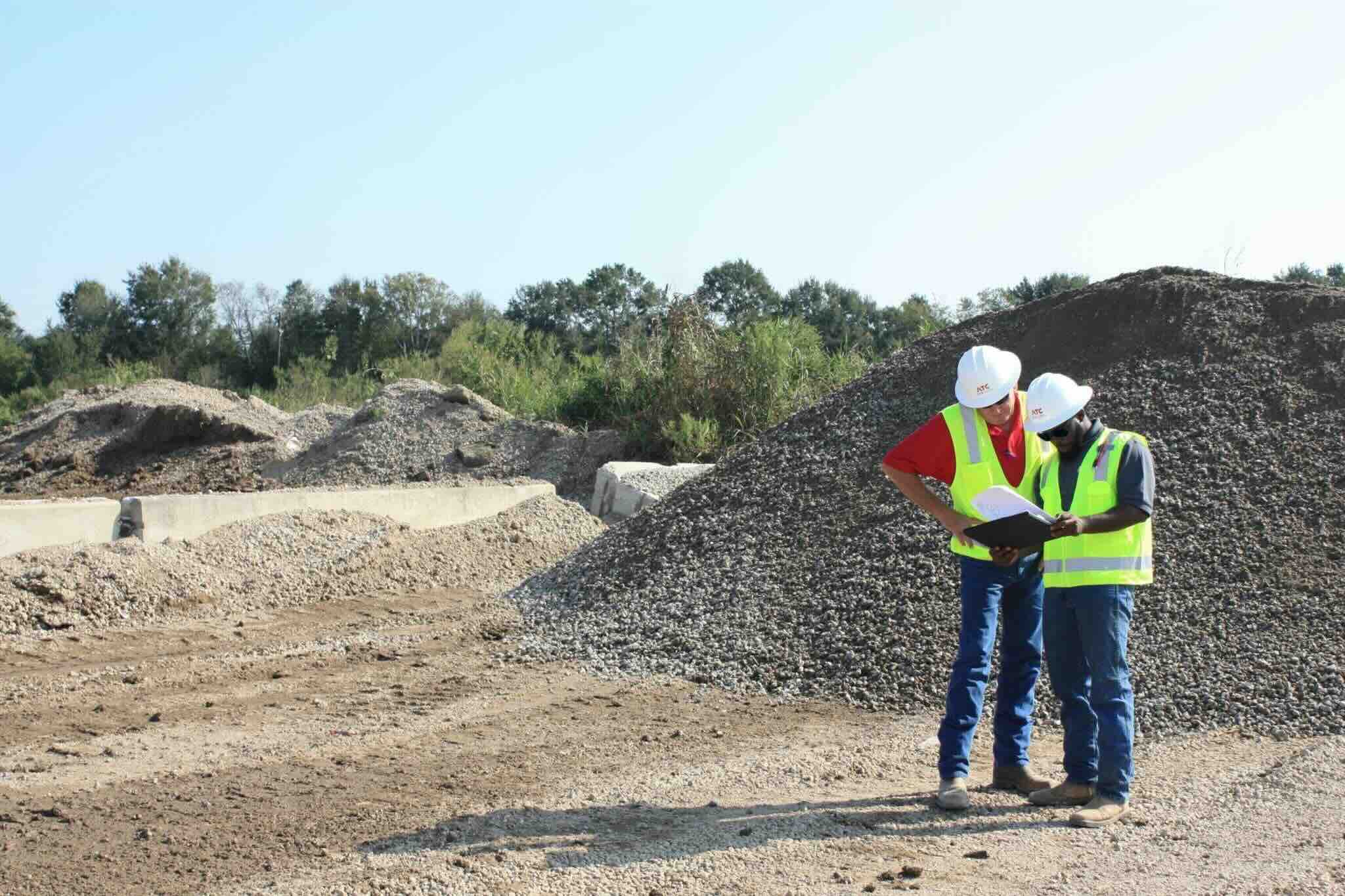
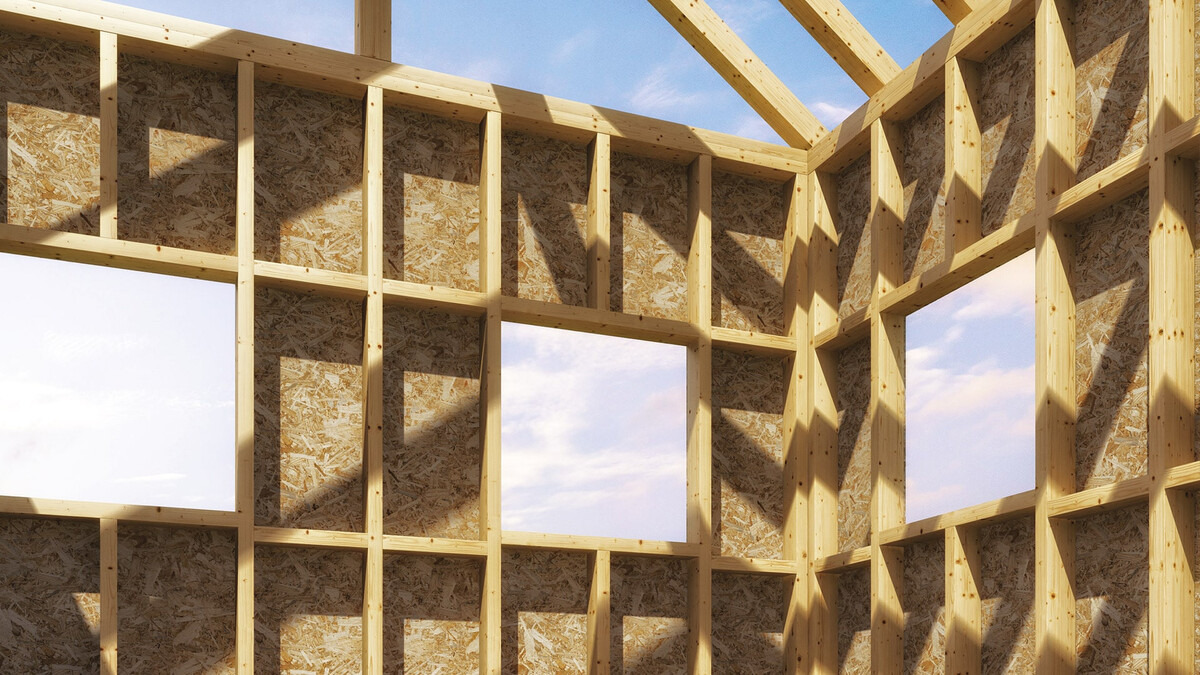

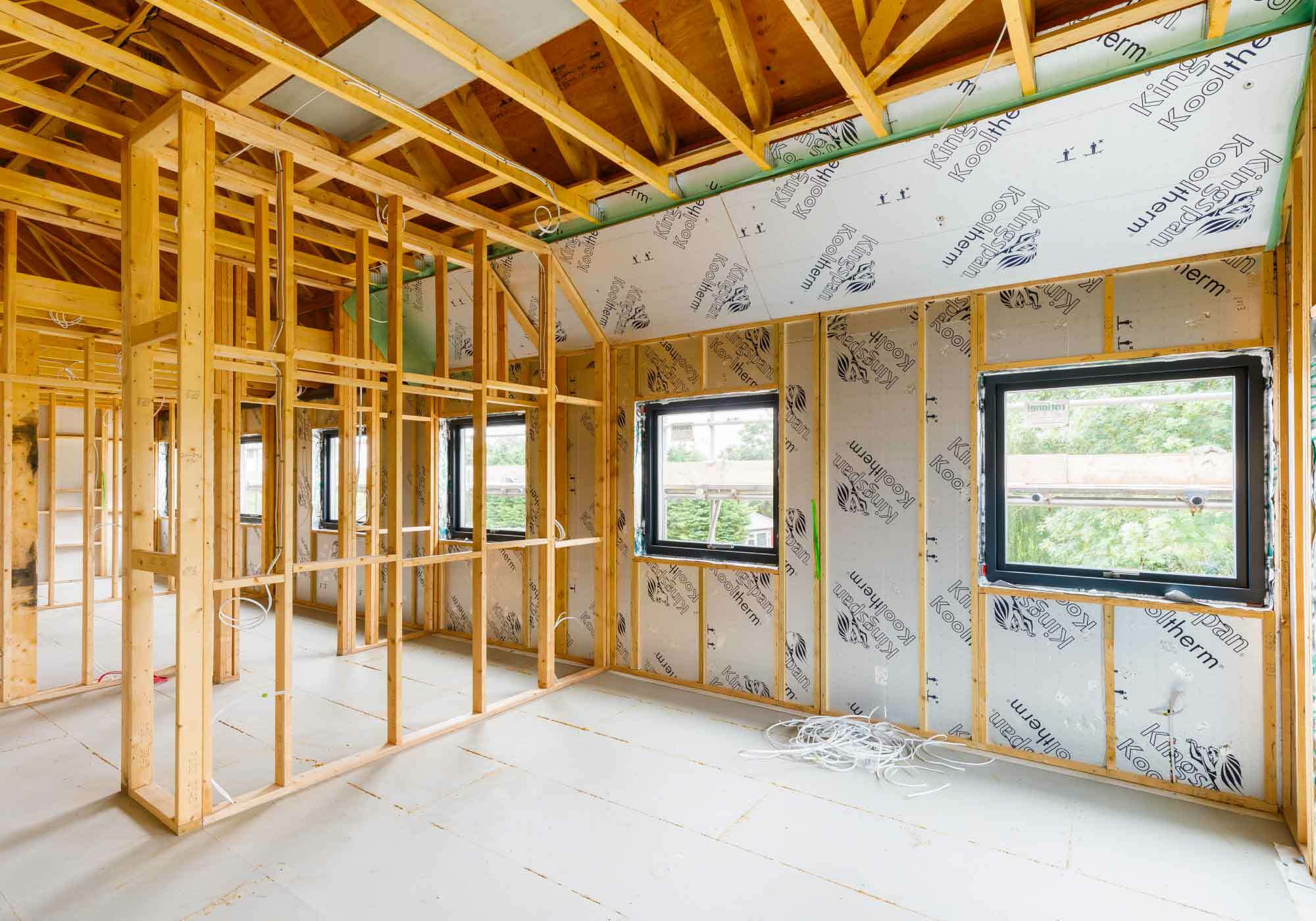




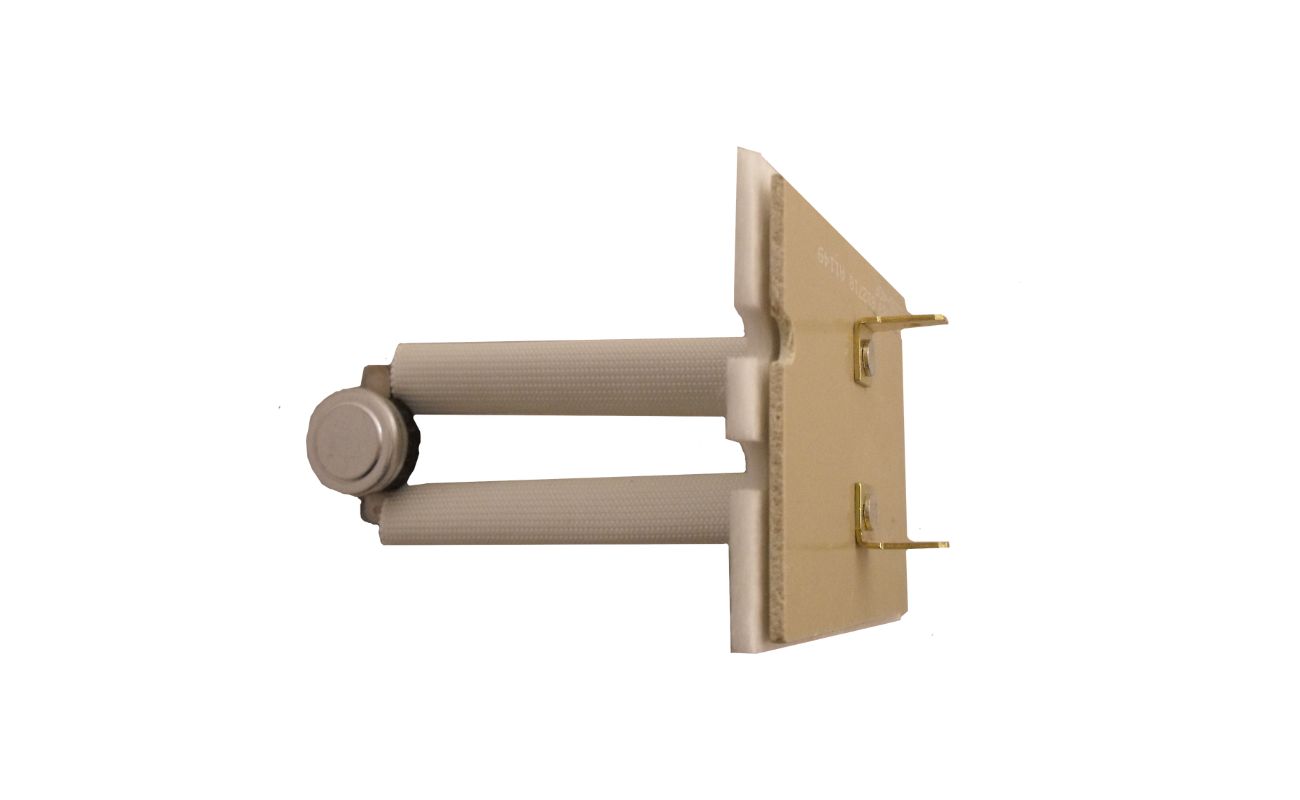
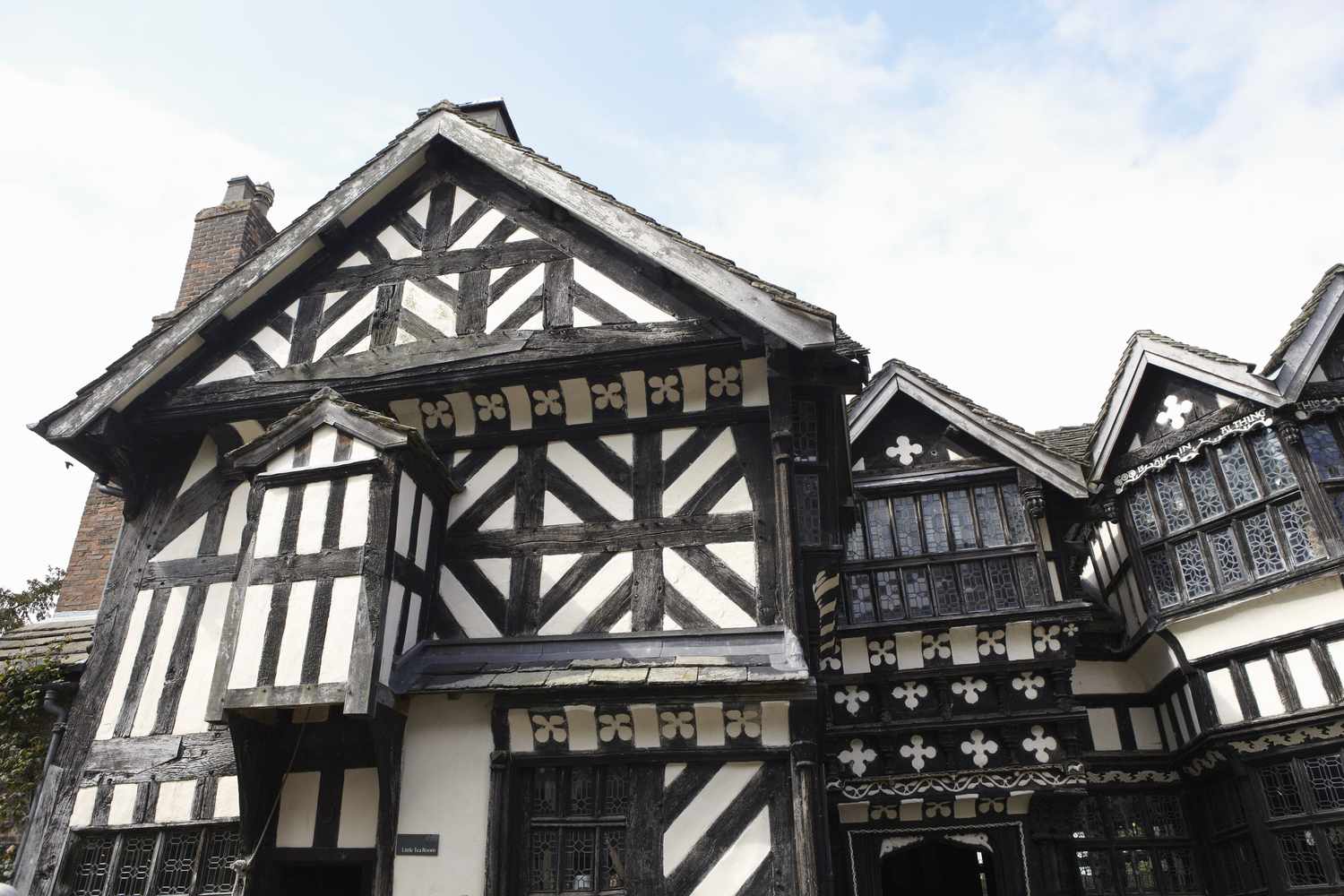

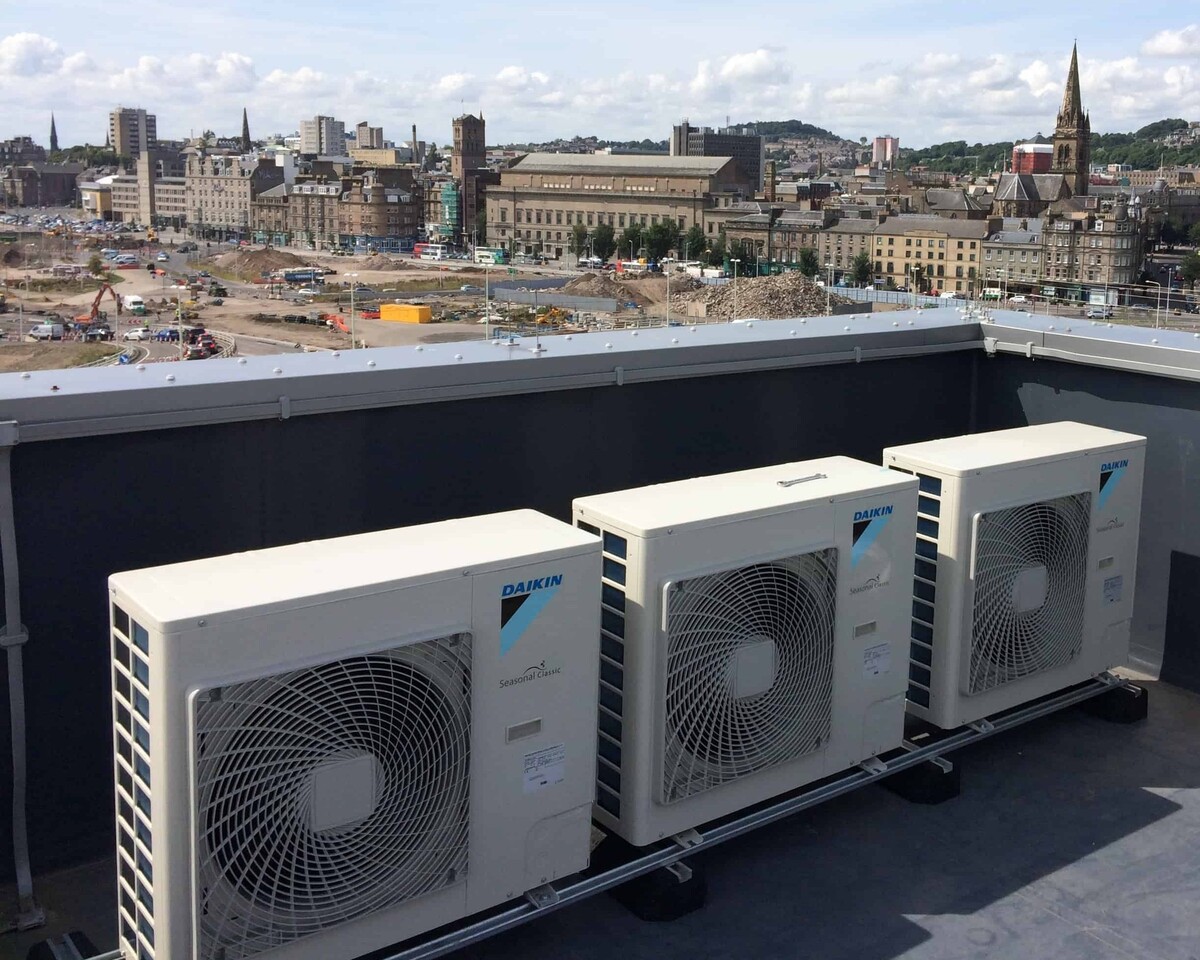


0 thoughts on “What Is The Purpose Of Scuppers In Heavy Timber Construction”